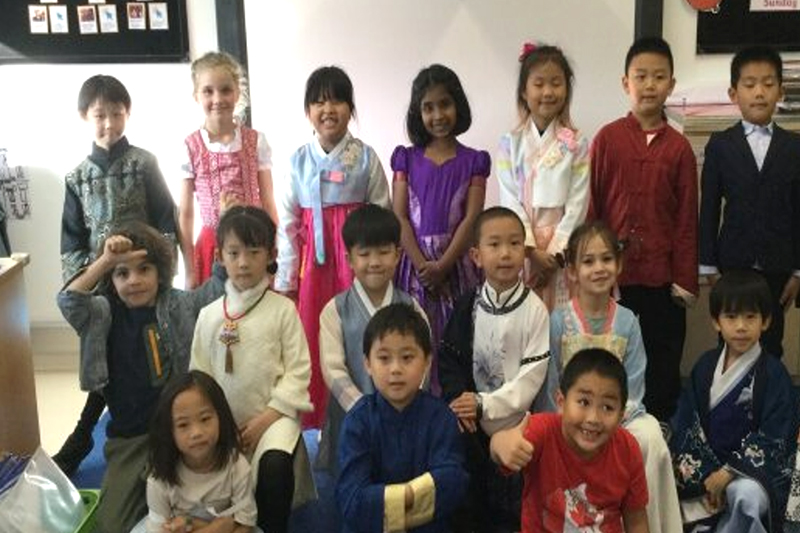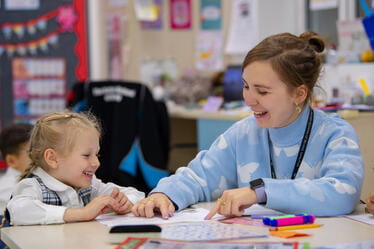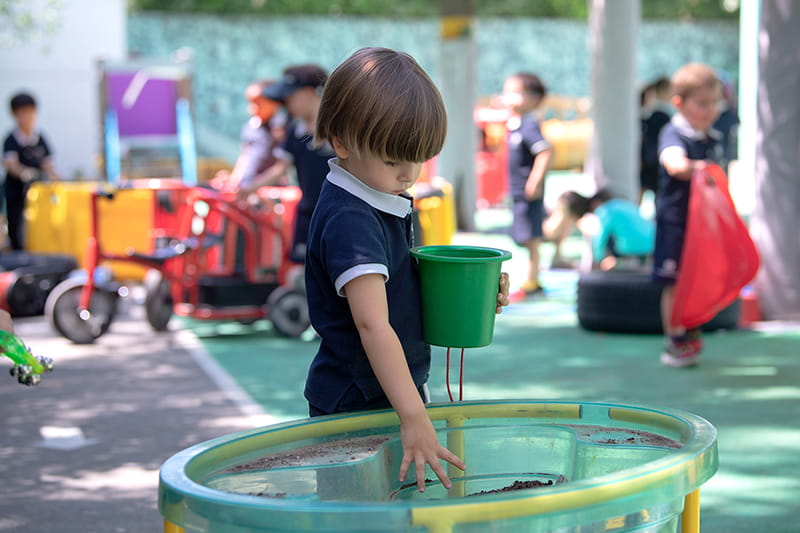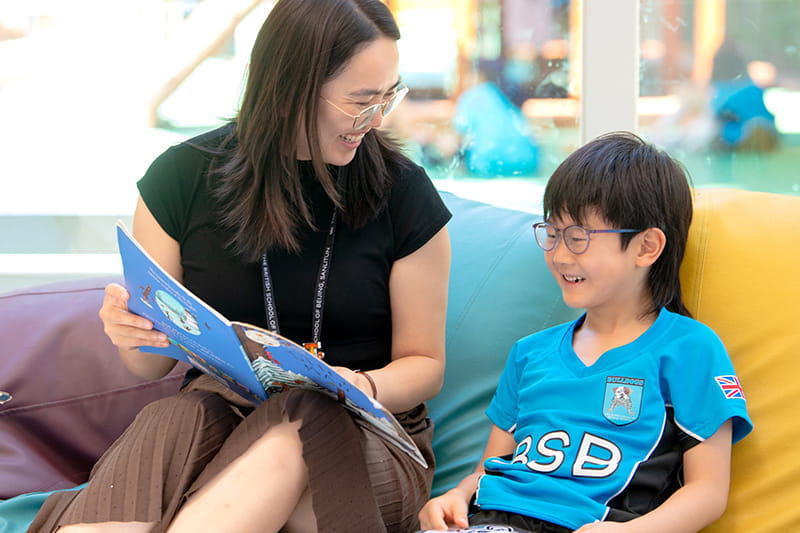In a school like ours, representation is particularly important due to the many nationalities, religions, cultures and ethnicities who attend. Whilst our curriculum and school culture may be British, we have a duty through our lesson planning, resources and teacher training to ensure that students are able to see themselves in varied contexts and feel included. From the stories that they read in class, to how their teacher treats them, each child has the right to feel respected and should be able to celebrate who they are in world. Representation is also an important objective in schools throughout the UK. However, the demographic make-up of BSB Sanlitun makes this area especially salient. Below, I will summarise some areas in which we integrate representation in the Year 2 curriculum as well as through whole school and community events.
Representation in lessons and lesson content
Although the UK curriculum dictates the learning objectives that students need to meet each year, schools have a lot of freedom when it comes to the content of lessons, exemplar texts, books, stories and multimedia used. In Year 2, we try to have a variety of nationalities, colours and people represented throughout the planning process of our lessons. We choose stories set in various countries that deal with both pride and belonging, we encourage students to discuss, respect and celebrate differences, and through humanities, students are exposed to world music, cuisine, dress and dance. A good example of representation can be seen in our current Topic unit all about inspirational people. Over 5 weeks, students will learn about inspirational people that include woman who faced adversities, Black History Month heroes, inspiring children and disabled sportspeople.
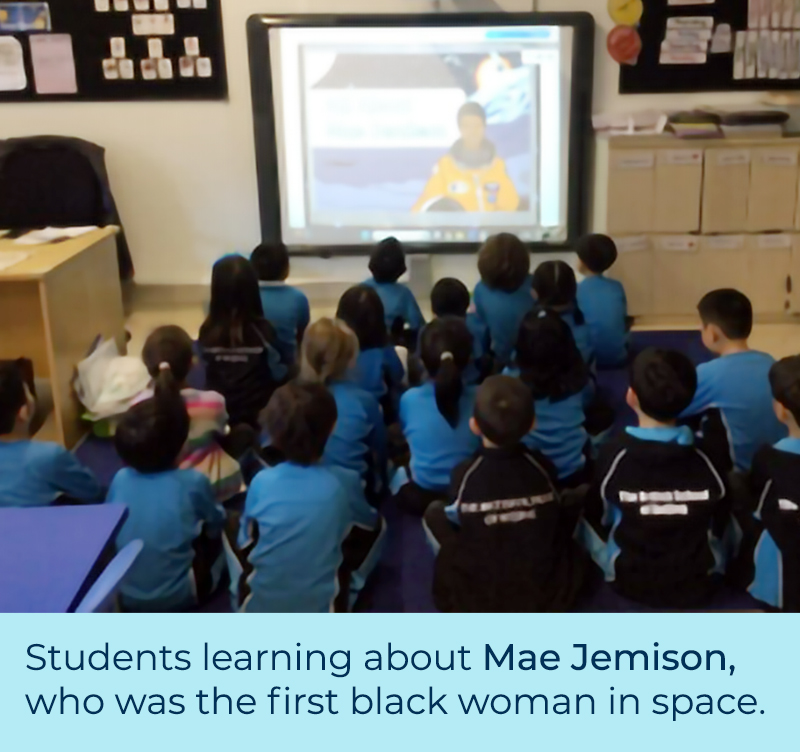
Representation in our resources
Resources are the tools that teachers use to aid learning in different subjects. These include everything from books and videos to presentation slides and classroom displays. We ensure that there is a variety of voices, people and groups represented when choosing these resources as these are the things that students will regularly see and use during the school day. Our library does an excellent job in ensuring that students have a broad access to materials that they are able to identify with on a personal level.
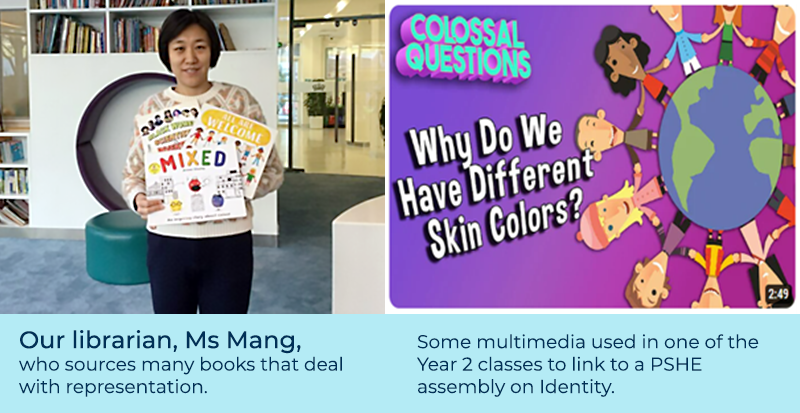
Representation across the school
As a school, I think we do an excellent job with both integration and celebrating differences. We have specific events that celebrate important British holidays like the recent Coronation as well as observing local celebrations like Chinese New Year and Dragon Boat Festival. We also make sure to celebrate the beauty of all the different cultures in the school during International Week. One of my personal favourite times of the year is when we ask our class parents to come in and carry out a culture-specific activity with the students. Due to our demographic as a school, students are exposed to so much knowledge, beauty and variety during these activities. This is something that I believe to be very unique about our school, and a contributing factor as to why interracial conflicts are very rare between students.
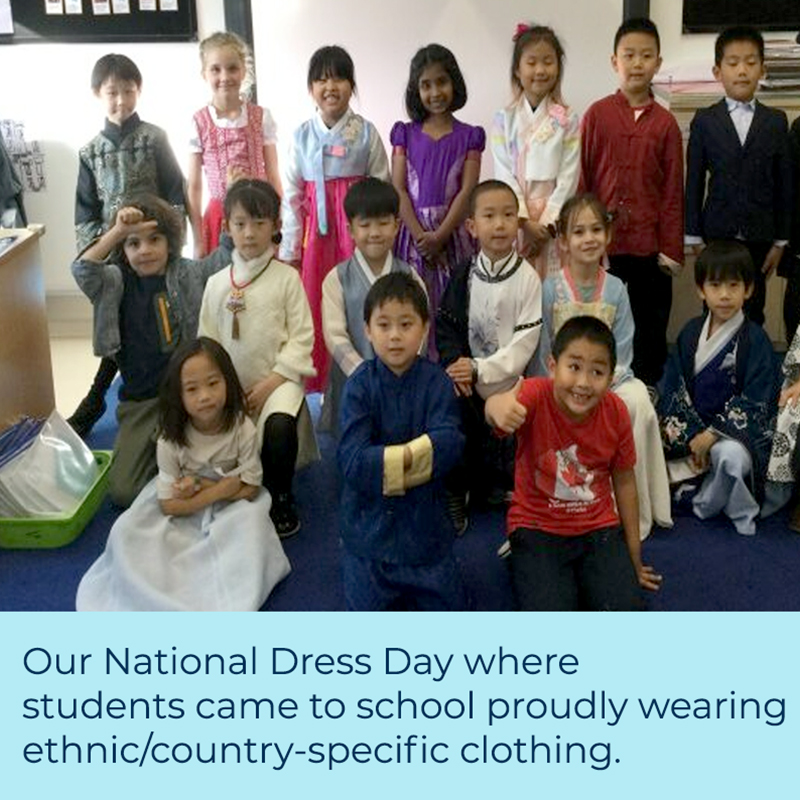
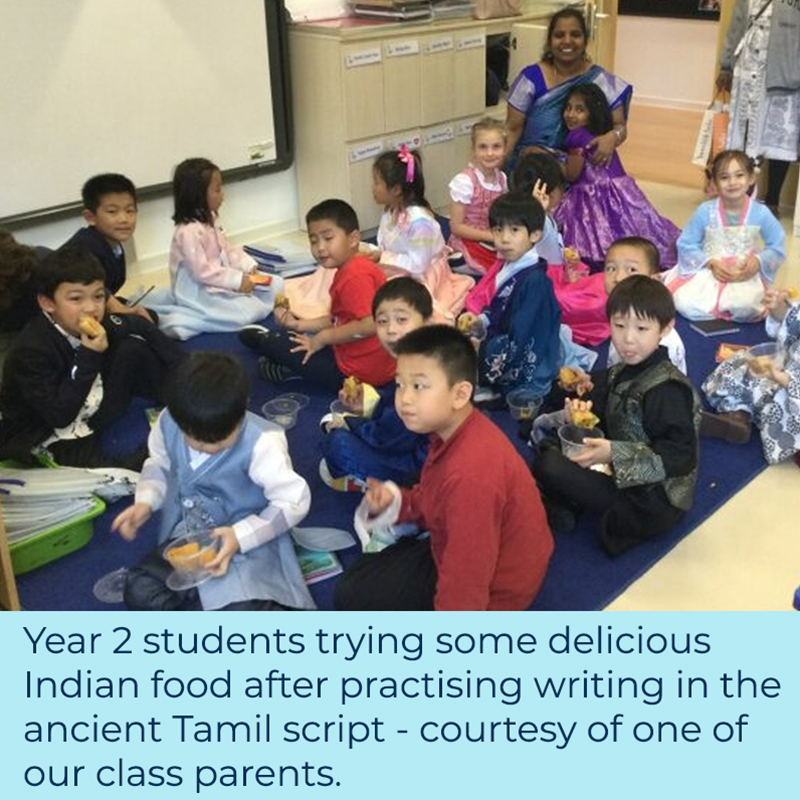
Inclusion in its broader sense
Representation is a sub-category in the area of Inclusion. All schools have a duty of inclusion, and this reaches far beyond just representation. Inclusion is a broad area that ensures that all students, no matter their social class, race, religion, ability, learning style or gender are able to feel safe, represented, valued and respected whilst at school. All curricula, resources and even teachers will have a natural bias depending on the geographic location of the school or the majority demographic being taught. However, all good schools take active steps to incorporate proactive inclusion steps throughout their planning, events, language and professional development training.
A very informative website all about inclusion: https://www.smore.com/zfmcr-inclusion-101
By James Behzadi
Year 2 Giraffes Class Teacher

